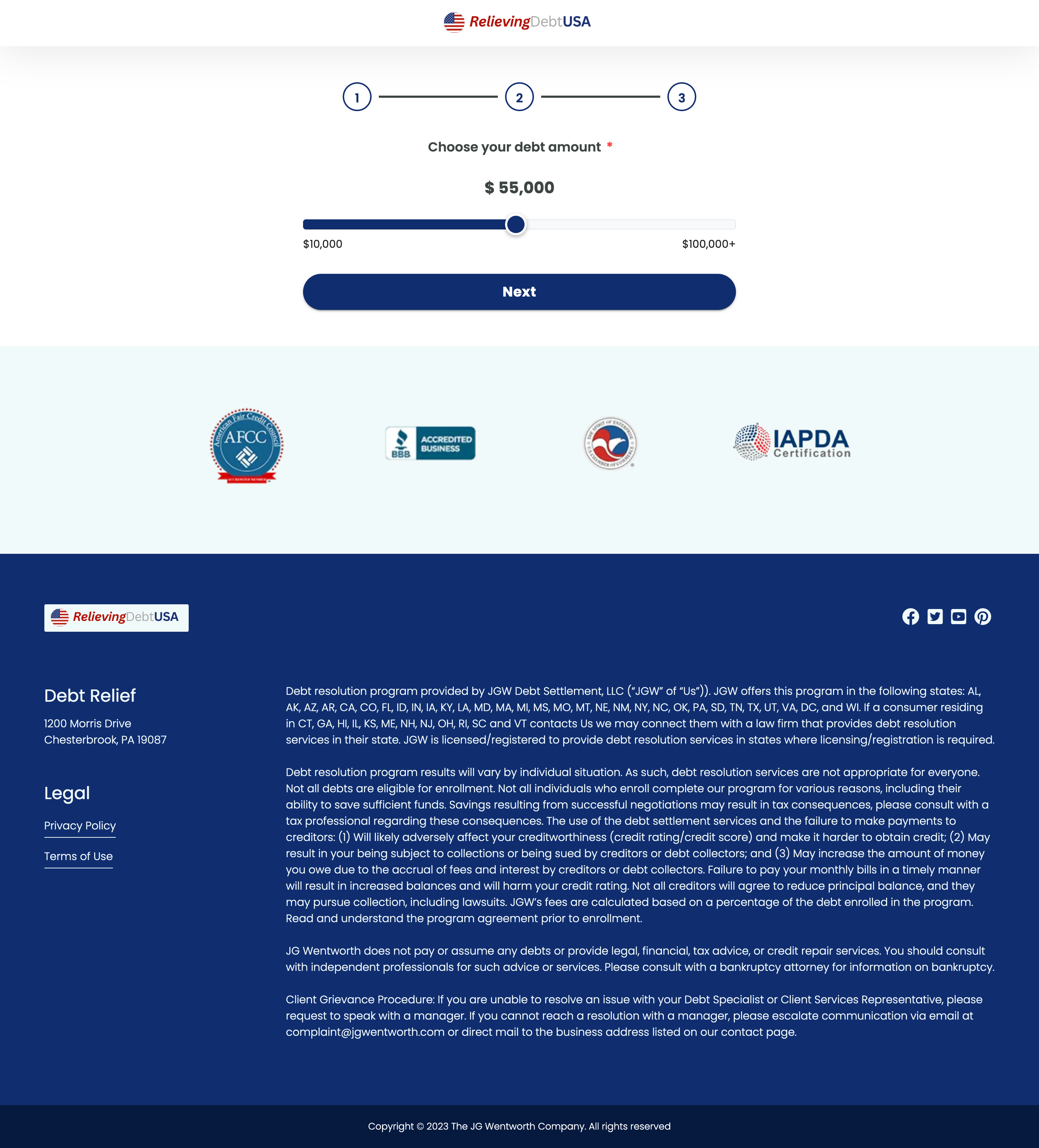How to Reduce PPC Costs with Optimized Landing Pages
Introduction
Pay-per-click (PPC) advertising is a powerful digital marketing tool that businesses use to drive traffic and generate leads. However, if not carefully managed, PPC campaigns can quickly drain your budget without delivering substantial results. One of the most effective ways to control PPC costs is by ensuring your landing pages are optimized. This article explores strategies for using landing pages to maximize your PPC spend, leading to reduced costs and higher conversion rates.
Understanding PPC and Landing Pages
PPC advertising involves paying a fee each time one of your ads is clicked. The ultimate goal is to drive traffic to your landing page and convert visitors into customers. Landing pages are standalone web pages created specifically for a marketing or advertising campaign. They are where a visitor lands after clicking a PPC ad and are instrumental in converting clicks into leads or sales.
Importance of Landing Page Optimization
Optimizing your landing pages is critical for several reasons. First, it improves the relevance and quality of the visitor’s experience. When users find the content they were promised in the ad, they are more likely to convert. Additionally, search engines like Google can gauge the quality score of your landing page, which affects your ad rankings and the cost per click.
Elements of an Optimized Landing Page
1. Clear Call to Action (CTA)
Your landing page must have a clear and persuasive call-to-action. Whether it’s signing up for a newsletter, downloading a guide, or making a purchase, the CTA should be easy to find and understand.
2. Relevant Content
The content on your landing page should align with what was promised in your ad. Consistent messaging improves user trust and increases the likelihood of conversion.
3. Fast Load Times
Page speed is crucial. Slow-loading pages can lead to high bounce rates, which negatively impact your conversion rates. Tools such as Google PageSpeed Insights can help you optimize load times.
4. Mobile Responsiveness
With more users accessing the web via mobile devices, ensuring your landing page is mobile-friendly is essential for maximizing conversions.
5. Trust Elements
Add features like customer testimonials, trust badges, and security assurances to make your page more credible and encourage users to take action.
Converting More While Spending Less
By improving the conversion rate of your landing pages, you naturally reduce your PPC costs. If your landing page converts well, you’ll achieve a lower cost per acquisition (CPA), allowing you to make more from your existing budget. Techniques such as A/B testing different versions of your landing page can provide insights into what works best.
Testing and Iteration
Continuous testing is key to landing page optimization. Elements such as headlines, images, CTA buttons, and even color schemes should be tested regularly to see what resonates best with your audience. This iterative process helps refine the user experience and boosts conversion rates, thus reducing overall PPC costs.
Utilizing tools like Landing page downloader can help you save landing pages offline, analyze them, and gather insights on what’s working in other successful campaigns.
Conclusion
Optimizing your landing pages is a strategic approach to reducing PPC costs while enhancing conversion rates. By focusing on elements such as relevance, speed, and mobile responsiveness, you can improve user experience and effectively convert traffic into meaningful leads or sales. Remember, the key to success lies in continuous testing and optimization. Consider employing tools such as the chrome extension available at Landing page ripper tool to efficiently capture landing page content for analysis and improvement.









